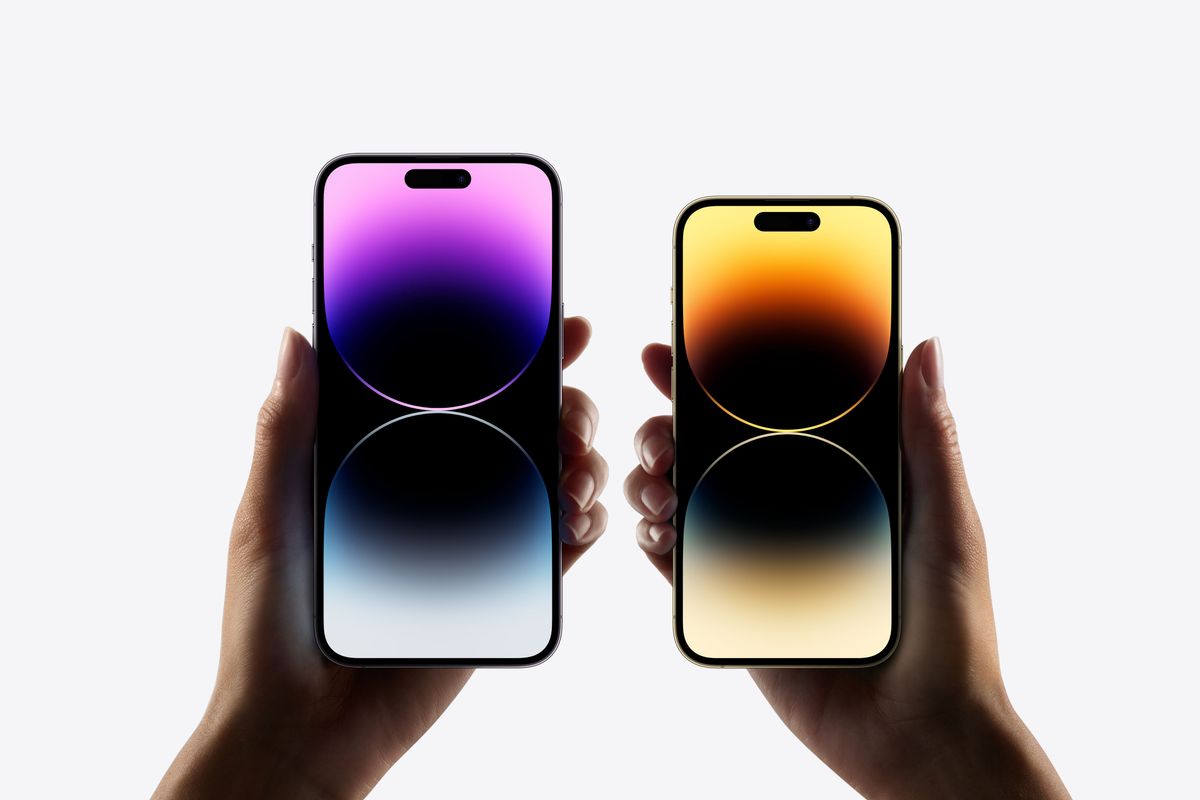
In the United States, the iPhone 14 appears without a SIM card slot, so it works exclusively with eSIM. It’s an early start that will probably end with the disappearance of physical SIM cards in phones.
The end of the SIM card
You see each other far too little: you and your phone’s SIM card. Take them out of your phone again and take a good look at your physical SIM card, because the launch of the iPhone 14 teaches us that she doesn’t have a long life ahead of her. In the US, consumers will be fully dependent on eSIM for the first time when they get their hands on the iPhone 14.
Although we don’t expect all phones to work exclusively with eSIM tomorrow, it seems that the switch to electronic SIM cards has started. eSIM brings benefits to both phone manufacturers and consumers. A physical SIM card slot takes up valuable space under the housing of smartphones, and smartphone brands like to use that space for other technology. On the other hand, users with eSIM can more easily switch to another provider and you can easily use multiple phone numbers on one phone at the same time.
However, eSIM also has drawbacks. Each provider has its own system for customers who want to transfer their number to another smartphone. In addition, Android does not yet have a uniform system that makes it easier to transfer your phone number. Both Google and Samsung currently offer their own features that make this possible.
eSIM in the Netherlands
It’s not the first time Apple has heralded the end of a phone standard. Many Android competitors made fun of Apple when iPhones no longer came with a 3.5mm audio jack. Today, the port has disappeared on almost every Android flagship. And the switch to eSIM is expected to encounter even less opposition.
In the Netherlands, most providers are already working with the technology. It is available to customers of: T-Mobile, Simyo, KPN and Vodafone, among others. We have already extensively discussed the pros and cons of the new standard. Qualcomm has also proposed an even more compact solution compared to the regular eSIM chip
– Thanks for information from Androidworld. Source